Ultimate Guide: Septic Tank Filter Installation and Cleaning
Septic tank filter installation and cleaning guide. Learn how to maintain your septic system, prevent costly repairs, and ensure.
Septic tank filter installation and cleaning are crucial for maintaining a healthy septic system. These filters help keep solids from entering the drain field, ensuring efficient wastewater treatment and preventing costly repairs. Installing and maintaining these filters is essential for homeowners and businesses that rely on septic systems.
Table of Contents
Key Takeaways to Septic Tank Filters
- Septic tank filters play a significant role in preventing solids from clogging the drain field.
- Routine cleaning and maintenance of the filter can prolong the life of your septic system.
- Installation and cleaning can be done by professionals or by following simple, clear steps.
- Understanding the importance of septic tank filters ensures a trouble-free septic system.
- Timely maintenance can save you from expensive repairs and replacements.
Septic tank filters are designed to prevent solids from flowing out of the septic tank into the drain field. This filtering process is essential for maintaining the efficiency and longevity of your septic system. Without a filter, solids can clog the drain field, leading to backups and system failure.
Why Septic Tank Filter Installation and Cleaning
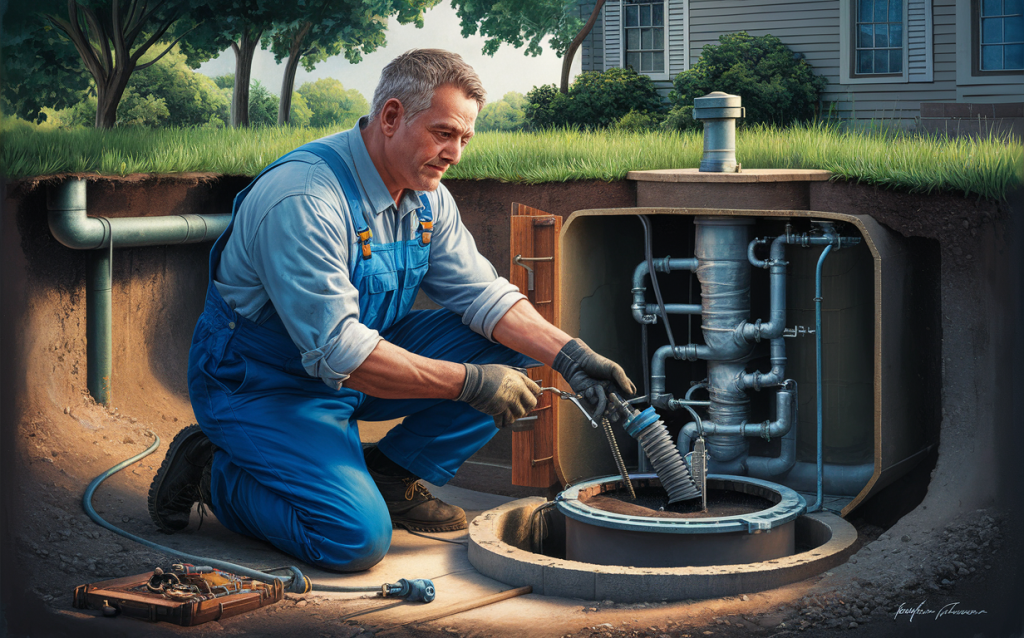
Septic tank filters trap solids, hair, and other debris that may otherwise pass through the tank and into the drain field. This filtering action helps protect the drain field and ensures that only effluent (liquid waste) enters it. A clogged or failed drain field can be costly to repair or replace, making filters an essential component of your septic system.
Benefits of Septic Tank Filter Installation and Cleaning
The benefits of installing a septic tank filter include:
- Prevention of drain field clogs: Filters keep solids out of the drain field, preventing costly clogs.
- Extended system life: By protecting the drain field, filters help extend the life of your entire septic system.
- Improved wastewater treatment: Filters contribute to more efficient wastewater treatment.
- Cost savings: Regular maintenance and cleaning of the filter can prevent expensive repairs and replacements.
How to Install a Septic Tank Filter
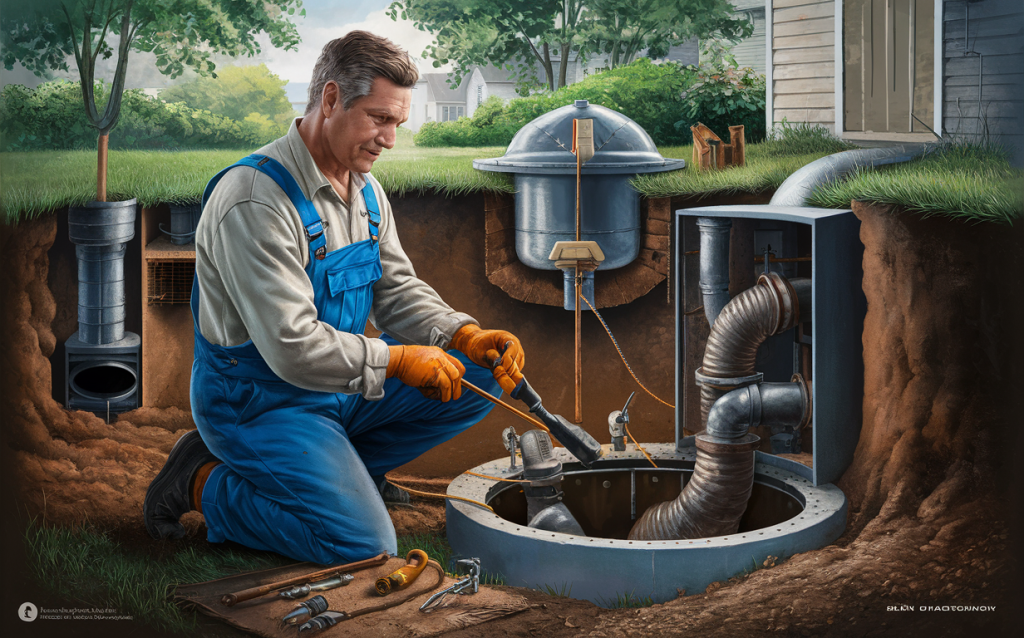
Tools and Materials Needed:
- Septic tank filter kit
- PVC glue
- Hacksaw
- Measuring tape
- Safety gloves and goggles
Installation Steps:
- Locate the Outlet Pipe: The filter is typically installed in the outlet pipe of your septic tank.
- Cut the Pipe: Use a hacksaw to cut the outlet pipe where the filter will be installed.
- Attach the Filter: Follow the manufacturer’s instructions to attach the filter to the outlet pipe using PVC glue.
- Secure the Filter: Ensure the filter is securely in place and fits snugly within the outlet pipe.
- Check for Leaks: Once the filter is installed, check for any leaks around the connections.
Cleaning a Septic Tank Filter
Tools and Materials Needed:
- Garden hose
- Bucket
- Gloves
- Safety glasses
Cleaning Steps:
- Locate the Filter: Identify where the filter is installed in your septic system.
- Remove the Filter: Carefully remove the filter from the outlet pipe.
- Rinse the Filter: Use a garden hose to rinse off any solids or debris trapped in the filter.
- Inspect the Filter: Check for any damage or wear and tear. Replace the filter if necessary.
- Reinstall the Filter: Once cleaned, reinstall the filter in the outlet pipe.
Frequency of Cleaning
Cleaning the septic tank filter should be part of your routine septic system maintenance. Most filters need to be cleaned every 6 to 12 months, but this can vary depending on your usage and the manufacturer’s recommendations.
Common Issues with Septic Tank Filter Installation and Cleaning
Clogged Filters
Clogged filters are the most common issue and can cause backups in your septic system. Regular cleaning can prevent this problem.
Damaged Filters
Filters can become damaged over time, especially if not properly maintained. Inspect the filter during each cleaning and replace it if necessary.
Improper Installation
Improperly installed filters can lead to leaks or inefficient filtering. Ensure the filter is securely in place and correctly installed.
Professional vs. DIY Installation and Cleaning
Professional Installation and Cleaning
Hiring a professional ensures that the filter is installed and maintained correctly. Professionals have the expertise and tools necessary to handle any issues that may arise.
DIY Installation and Cleaning
DIY installation and cleaning can save money but requires some knowledge and tools. Follow the manufacturer’s instructions carefully and ensure you have the right tools before attempting any work.
Cost of Installing and Maintaining Septic Tank Filters
The cost of installing a septic tank filter can vary depending on the type of filter and whether you hire a professional. On average, the cost can range from $100 to $500 for installation. Regular cleaning and maintenance costs are minimal, usually involving just the time and effort required to clean the filter every 6 to 12 months.
Signs That Your Septic Tank Filter Needs Cleaning or Replacement
- Slow Drains: Slow drains can indicate a clogged filter.
- Sewage Backup: A backup in your home or yard may signal a filter problem.
- Unpleasant Odors: Bad smells around your septic system can be a sign that the filter needs attention.
Preventative Measures for a Healthy Septic System
Maintaining a healthy septic system is crucial to prevent costly repairs and environmental hazards. Here are some preventative measures to keep your septic system in good condition:
Regular Maintenance
Schedule regular maintenance and inspections to keep your septic system running smoothly.
Proper Waste Disposal
Avoid flushing non-biodegradable items and harsh chemicals that can damage your septic system.
Monitor Water Usage
Excessive water usage can overload your septic system. Be mindful of water conservation practices.
Facts About Septic Tank Filter Installation and Cleaning
Septic tank filters are essential components of septic systems that help prevent solids and contaminants from entering the drain field. Here are some facts about septic tank filter installation and cleaning:
- Installation: Septic tank filters are typically installed at the outlet of the septic tank, where the effluent exits before entering the drain field. During installation, the filter is placed in a sealed chamber to prevent clogging and ensure proper function.
- Types of Filters: There are different types of septic tank filters, including gravel filters, sand filters, and synthetic filters. Gravel filters use a layer of gravel to provide mechanical filtration, while sand filters use a layer of sand to remove particles and bacteria. Synthetic filters use a synthetic material to trap particles and have a higher filtration capacity than other types.
- Cleaning: Septic tank filters should be cleaned every 3-5 years, depending on the type and usage of the septic system. Cleaning involves removing the filter from the tank, cleaning it with water and a mild detergent, and reinstalling it. Some filters may require replacement after a certain number of cleanings.
- Maintenance: Regular maintenance is essential to ensure the proper function of the septic tank filter. This includes regular inspections of the septic system, avoiding the use of harsh chemicals that can damage the filter, and ensuring that the tank is pumped out regularly to prevent solids buildup.
- Benefits: Septic tank filters provide several benefits, including extending the life of the drainfield, reducing the amount of solids and contaminants that enter the environment, and improving the overall performance of the septic system.
Septic Tank Filter Comparison Table
| Filter Type | Cost | Lifespan | Maintenance Frequency | Ease of Installation |
|---|---|---|---|---|
| Standard Effluent Filter | $50-$150 | 5-10 years | 6-12 months | Easy |
| High-Performance Filter | $150-$300 | 10-15 years | 12-24 months | Moderate |
| Advanced Treatment Unit | $300-$500 | 15-20 years | 24-36 months | Complex |
DIY vs. Professional Cost Breakdown
| Service | DIY Cost | Professional Cost |
|---|---|---|
| Filter Installation | $50-$100 | $200-$500 |
| Filter Cleaning | $0 (Time and Effort) | $100-$150 per visit |
| Annual Maintenance | $0 (Time and Effort) | $200-$400 annually |
Key Steps to Maintaining Septic Tank Filter Installation and Cleaning
- Regular Cleaning: Clean your filter every 6 to 12 months.
- Routine Inspections: Inspect the filter and overall septic system regularly.
- Proper Waste Disposal: Avoid disposing of non-biodegradable items and harmful chemicals.
- Monitor Water Usage: Be mindful of water usage to prevent overloading your system.
- Hire Professionals When Needed: Don’t hesitate to call professionals for installation or complicated issues.
Conclusion
Installing and maintaining a septic tank filter is essential for the longevity and efficiency of your septic system. Regular cleaning and inspections can save you from costly repairs and ensure your system runs smoothly. Whether you choose to do it yourself or hire a professional, understanding the importance of septic tank filters will help you keep your system in top shape.
By following these guidelines and maintaining your septic tank filter, you can protect your investment and avoid unpleasant surprises. Regular maintenance and proper care are the keys to a trouble-free septic system.
Septic tank filter installation and cleaning guide. Learn how to maintain your septic system, prevent costly repairs, and ensure efficient wastewater treatment. For more information, you can visit our website or contact us.

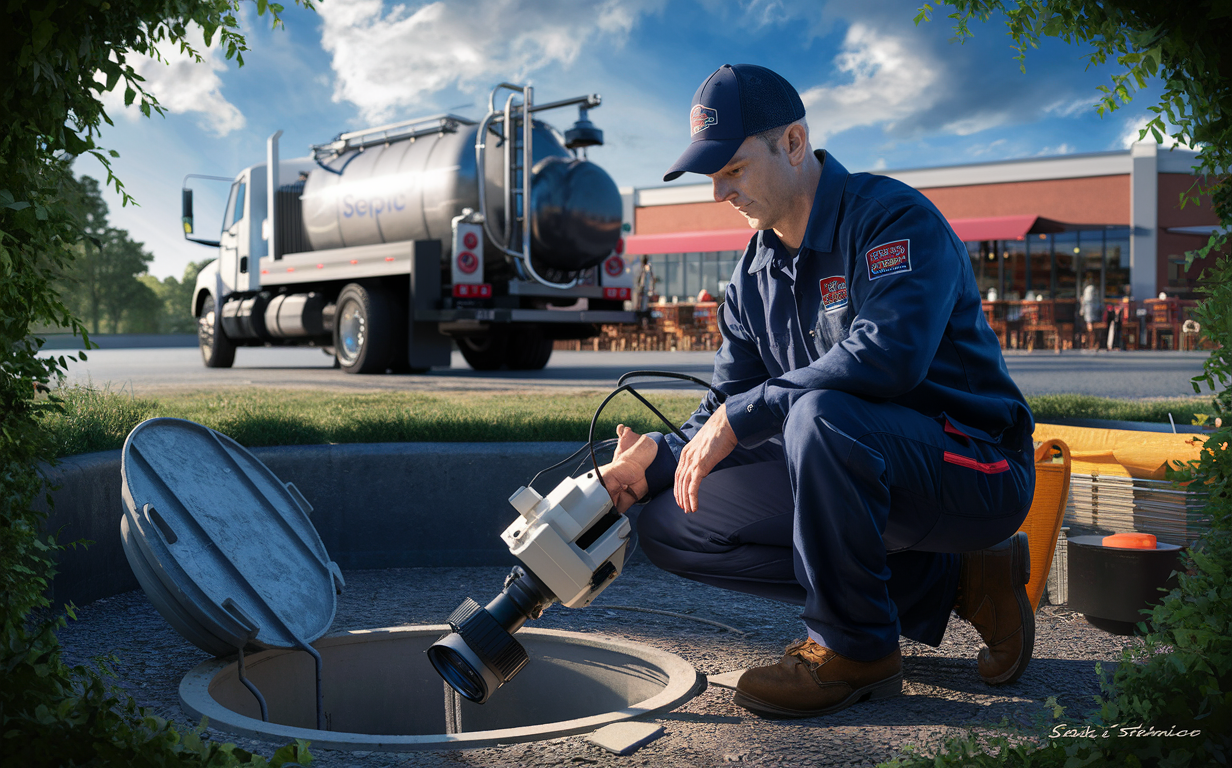


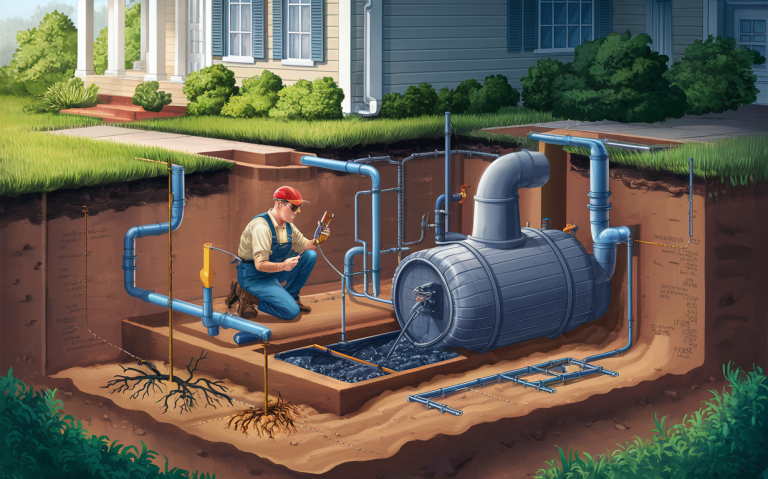
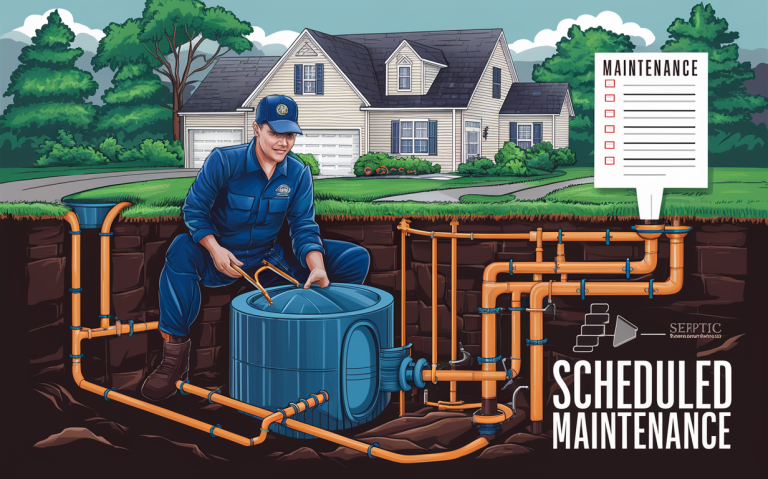
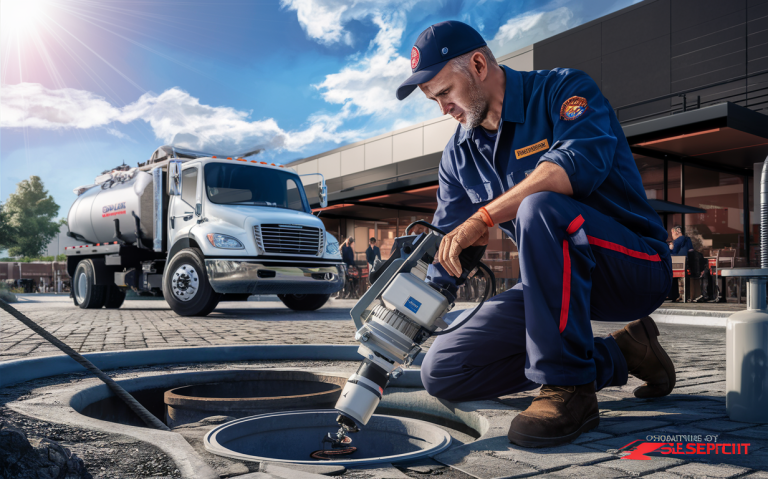
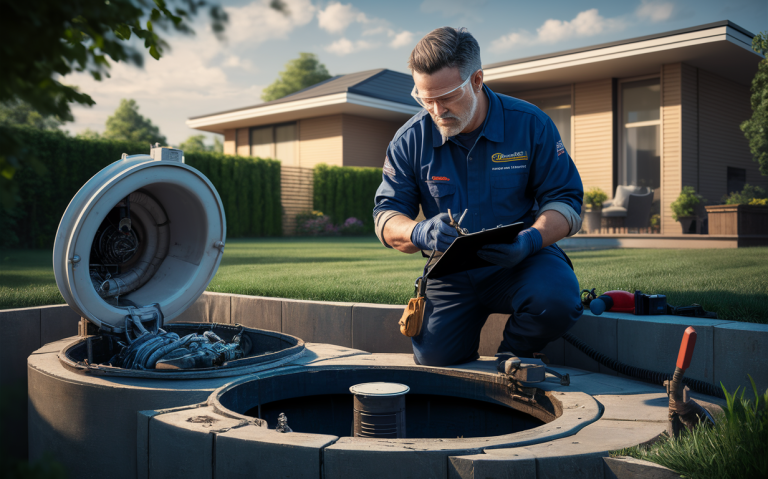
 Texway Wastewater Services is a septic, wastewater, and excavation company based out of Burleson, Texas and serving the surrounding areas. We specialize in
Texway Wastewater Services is a septic, wastewater, and excavation company based out of Burleson, Texas and serving the surrounding areas. We specialize in